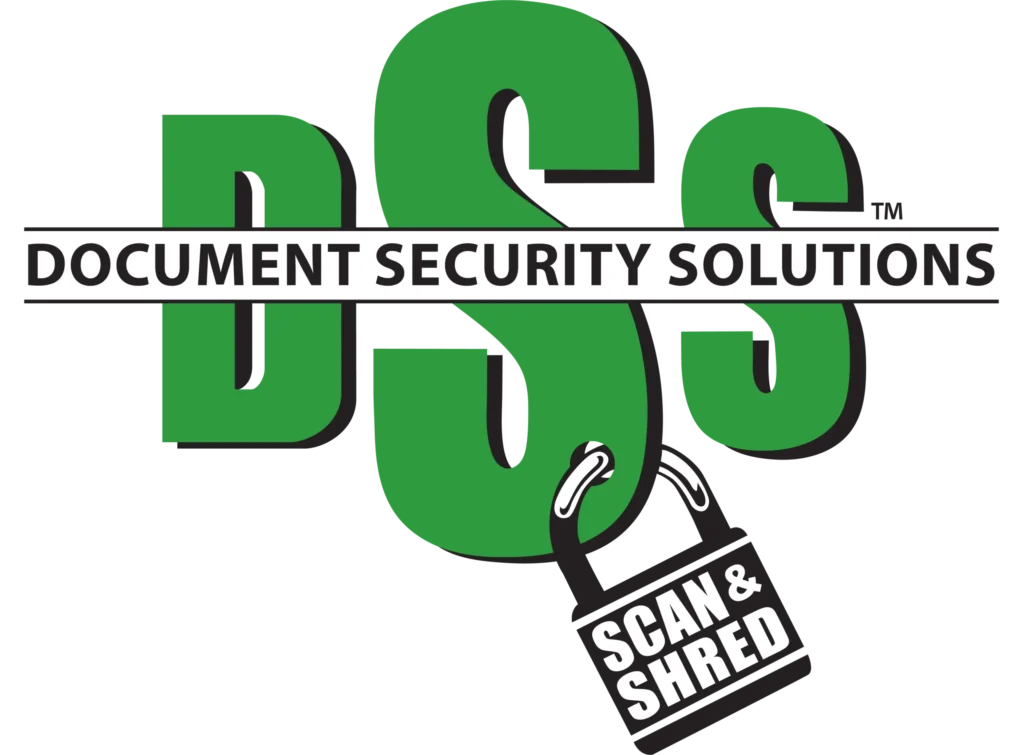Remember the hum of the old photocopy machine? Now, you’re navigating a world where document scanning has gone digital. You’ll delve into this evolution, exploring the benefits and challenges along the way. By understanding successful transformations, you’ll be better equipped to enhance your own digital transition. Let’s take a detailed journey from photocopy era to modern techniques in document management.
The Inception of Document Scanning: A Look at the Photocopy Era
Let’s delve into the early days of document scanning, specifically focusing on the photocopy era. You’ll find that this period was marked by significant inception challenges. The hardware used for photocopying was bulky and expensive, making it inaccessible to many businesses and individuals. Even when obtained, you had to deal with frequent breakdowns due to mechanical issues.
The process itself wasn’t a walk in the park either; it involved transferring an image or text from one paper onto another through a photosensitive drum. This required precise alignment and handling which often led to blurred or distorted copies. Moreover, there was no provision for scaling up or down the size of copies – a major limitation indeed.
Dealing with these photocopy limitations meant that bulk copying was time-consuming and labor-intensive. Copies were also limited to black-and-white as color photocopying didn’t exist until later years. And let’s not forget about environmental concerns associated with disposal of used toner cartridges.
In all fairness though, despite its drawbacks, the photocopier played an instrumental role in paving way for future advancements in document scanning technology. Nevertheless, its limitations highlighted the need for a more efficient solution – cue digital transformation!
Transitioning to Modern Techniques: The Advent of Digital Scanning
Transitioning to modern techniques marked the advent of a new era, where paper files started to become a thing of the past. The evolution in scanning technologies has led us into a digital age, but not without its own limitations.
You have witnessed first-hand how this progression reshaped our world. From cumbersome physical archives, we’ve moved towards an almost entirely digital landscape. This transformation, though revolutionary, isn’t without its drawbacks.
Consider this:
| Scanning Technologies Evolution | Digital Scanning Limitations |
| Speed and Efficiency | High-quality scanners can be expensive |
| Improved Accessibility | Not all documents are suitable for digital conversion |
| Reduced Physical Storage Needs | Potential loss or corruption of digital data |
| Enhanced Security Measures | Dependence on technology and power sources |
This table illustrates two sides of the same coin. On one hand, you’re appreciating an incredible leap forward in efficiency and accessibility. But on the other hand, you’re grappling with issues related to cost-effectiveness and potential risks to data integrity.
In essence, it’s clear that while we’ve come far from the days of photocopying each page by hand, there are still challenges ahead as we continue refining our approach towards document management in this digital era.
Exploring the Benefits of Digital Transformation in Document Management
We’re now delving into the advantages that come along with modernizing how we handle paperwork. A shift to digital transformation in document management brings about significant Security Advancements. With physical documents, you’re always at risk of theft, loss or damage. However, digitized records are protected by advanced encryption algorithms and multi-factor authentication protocols, substantially reducing these risks.
You’re also able to grant selective access rights to specific users, enhancing confidentiality and integrity of your data. This level of security is impossible with traditional paper-based systems.
Moreover, let’s talk Cost Efficiency: a crucial saving grace in today’s economy. You might think that implementing digital transformation comes with steep upfront costs – but consider this: reduced printing and storage expenses, decreased labor hours for filing and retrieving documents as well as swift disaster recovery capabilities.
In the long run, you’ll find that the return on investment from transitioning to a digitized system overshadows initial expenditure significantly. It’s not just about saving money; it’s about investing smartly for future growth.
Overcoming Challenges in the Shift From Photocopy to Digital Scanning
Despite the evident benefits, it’s not always smooth sailing when shifting from physical to electronic record keeping. You’ll encounter various challenges, especially concerning security considerations and cost analysis.
With digital transformation, data breaches can become a real threat if not properly mitigated. Security considerations are paramount as sensitive information is now stored electronically which could be vulnerable to cyber-attacks or unauthorized access. Even with stringent encryption measures and firewalls in place, you’re still at risk of inside threats and potential system failures. Therefore, investing in robust security systems and regular cybersecurity training for users becomes crucial.
Cost analysis also plays an influential role in your decision-making process. Initially, the transition might seem expensive due to the costs associated with purchasing scanners, implementing new software systems or upgrading existing ones, cloud storage subscriptions or servers for data storage – not forgetting training expenses for staff.
However, don’t let these hurdles deter you from pursuing digital transformation. Remember that this shift is an investment leading to long-term savings by reducing printing costs and physical storage space requirements while improving efficiency and accessibility of documents. It’s about playing the long game; overcoming these initial challenges will pay off tremendously in the end.
Case Studies: Successful Implementations of Digital Transformation in Document Scanning
You’re probably curious about instances where this shift has been successful, so let’s delve into a few case studies.
1. Adopting AI Technology: In the healthcare industry, hospitals have begun adopting AI technology to transform paper-based patient records into digital formats. This shift not only reduces physical storage requirements but also improves data accuracy, accessibility and analysis.
2. Streamlining Workflows: A global financial services firm adopted digital scanning for their document management system. Previously, they dealt with an enormous amount of paperwork daily which was time-consuming and prone to human error. By digitizing documents, they streamlined workflows, reduced errors and improved efficiency.
3. Government Services Transformation: A city government migrated from traditional photocopying to digital scanning in their public services department. They reported significant improvement in service delivery speed and customer satisfaction due to faster document retrieval times.
These examples illustrate how organizations are successfully transforming their document handling processes by adopting AI technology and streamlining workflows through digital scanning systems. It’s clear that the benefits extend beyond mere digitization of documents – it involves optimizing operations for greater efficiency and effectiveness.
Frequently Asked Questions
What Are the Environmental Impacts of Shifting From Photocopy to Digital Scanning?
You’re reducing photocopy emissions by shifting to digital scanning. It’s more efficient, saving energy and paper resources. This decreases your carbon footprint, contributing to a healthier environment. It’s an eco-friendly upgrade indeed.
How Can Businesses Ensure the Security and Privacy of Data While Using Digital Scanning Methods?
You can ensure data security in digital scanning by employing robust data encryption methods. Stay vigilant about scanning software vulnerabilities, always keep them patched, and use strict access controls to protect sensitive information.
What Are Some of the Future Trends Expected in the Document Scanning Industry?
You can expect AI integration in scanning and innovations in scanning technology to shape future trends, with smarter, faster processes and enhanced data security becoming the norm in the document scanning industry.
What Training or Skills Are Needed to Operate Modern Digital Scanning Systems?
You’ll need a refined touch with scanning software proficiency and know-how in digital archiving techniques. Technical comprehension of scanner operation, image quality assessment, and understanding document management systems are also essential skills to master.
Are There Any Notable Companies or Brands That Are Leading the Digital Scanning Technology Industry?
Yes, emerging market leaders in digital scanning like Fujitsu and Canon are revolutionizing the industry. They’re introducing innovative features in modern scanning technology that are setting new standards for efficiency and accuracy.





